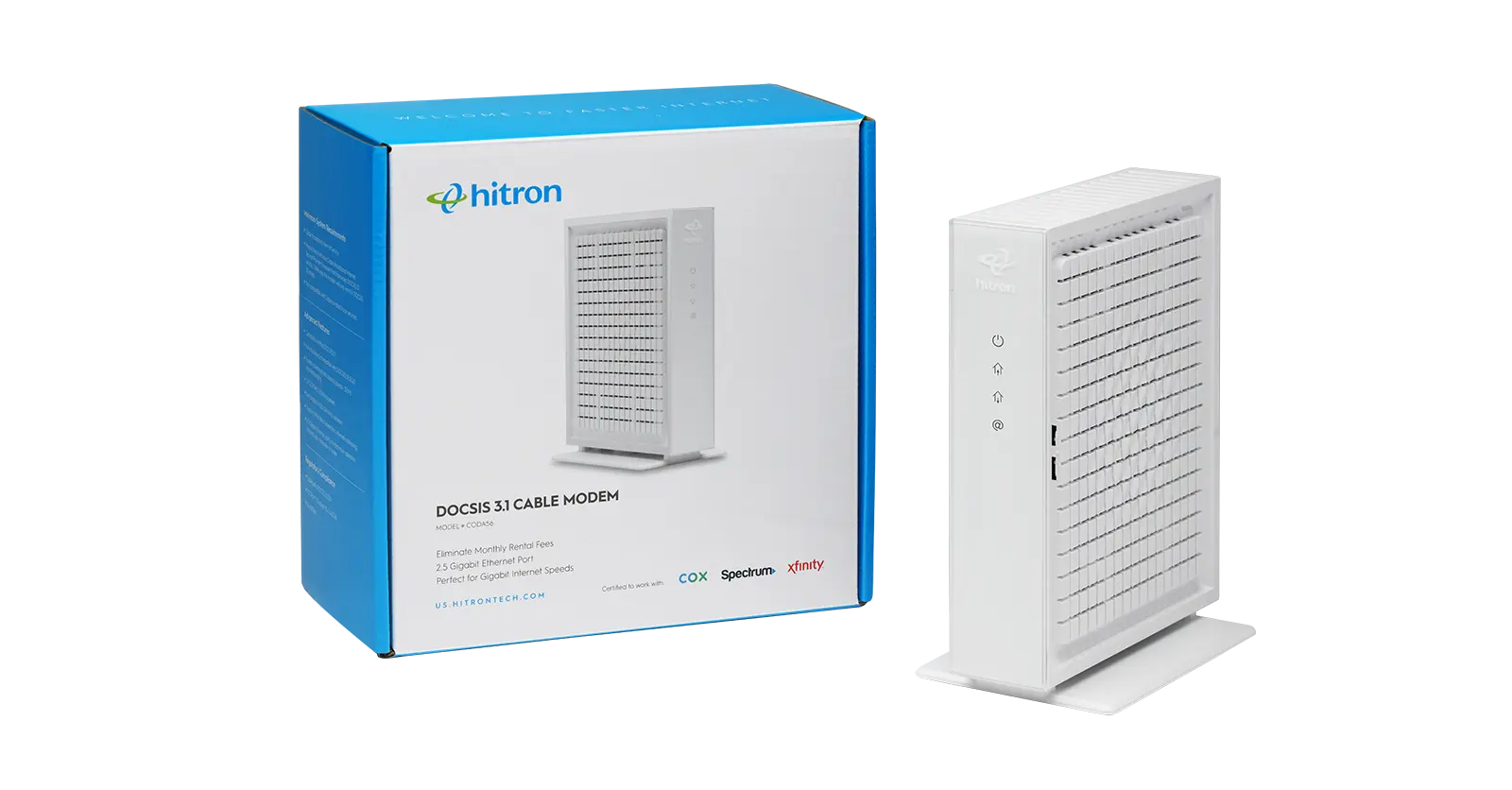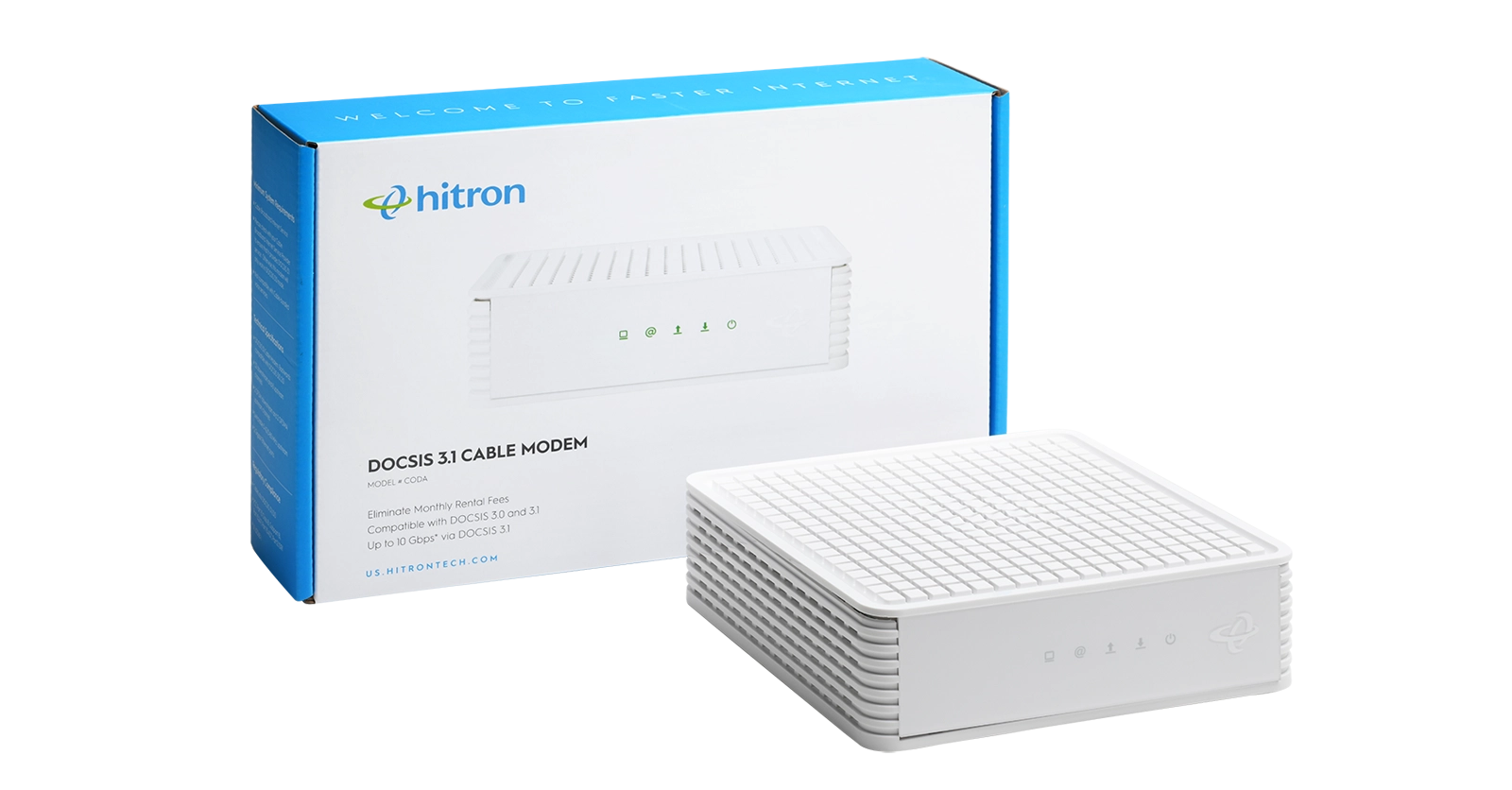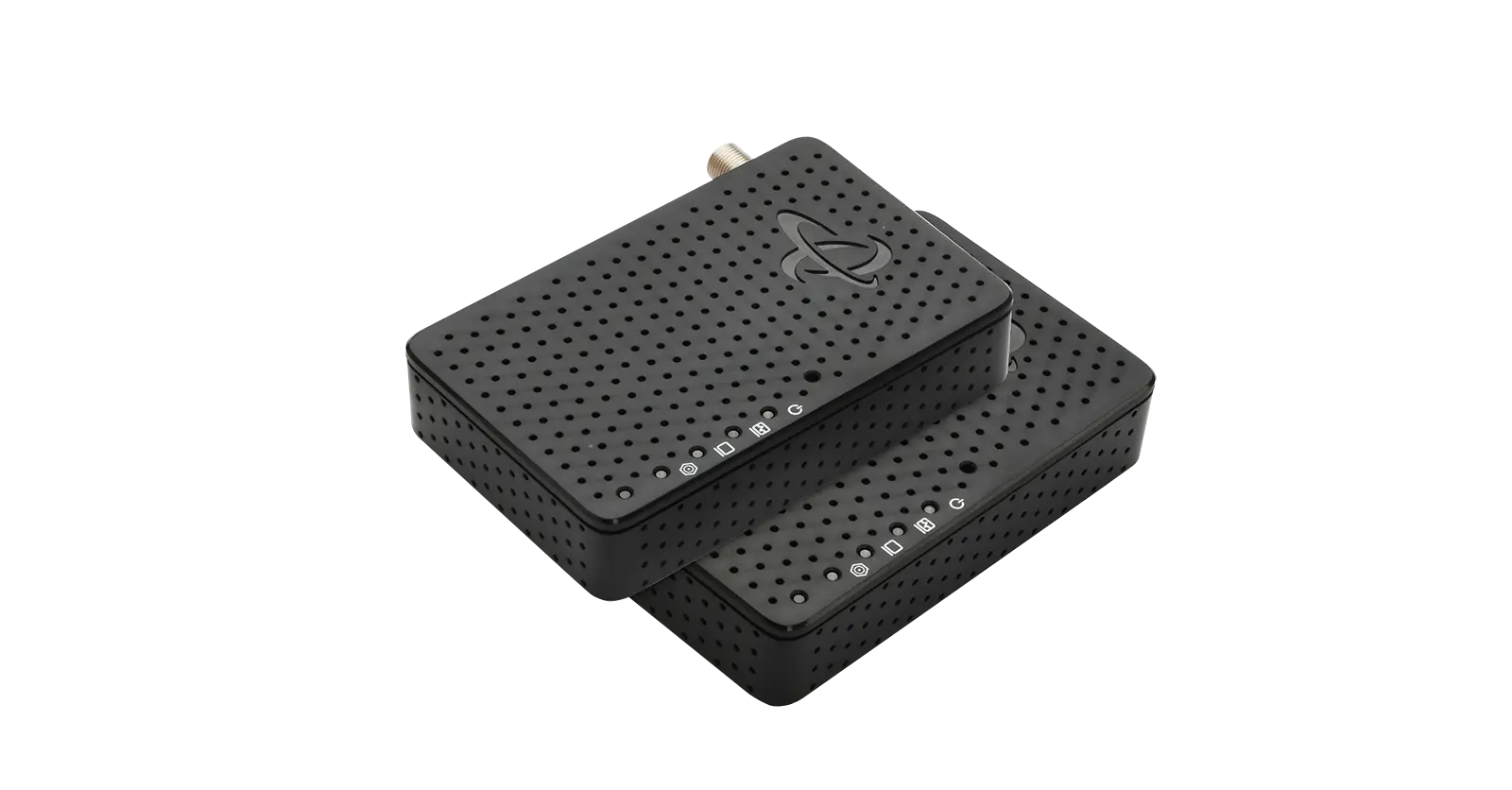Before switching to fiber optic technology, it’s likely that you had a modem and router in your home. These devices gave you an Internet connection and Wi-Fi. These devices still work well for most people to get good Wi-Fi in their homes, on a Ethernet-over-coax network for example. But some people have expanded into fiber technology as the future of their home network, which requires a different setup.
Fiber optic services (FiOS) offers ultra speed Internet. The con is that it is expensive and requires specific fiber wiring that doesn’t otherwise exist in your home like coaxial cabling. It also includes updated devices, such as an ONT or ONU and a fiber router. However, the pro that makes the cost worth it for people is that you get fast, reliable and secure Internet.
Is an ONT a modem?
Technically speaking, an Optical Network Terminal (ONT) is not a modem. However, for fiber-optic Internet, an ONT acts similar to a modem because it communicates with an Internet service provider (ISP). There are three different types of modems: telephone (dial-up) modems, DSL modems, and cable modems. An ONT is not one of them.
Simply put:
- A modem (Modulator/Demodulator) converts digital signals to analog and vice versa.
- An optical network terminal (ONT) is like a modem, but for fiber-optic networks.
With an ONT you do not need a separate modem to communicate with your ISP. In fact, it wouldn’t work. Like a modem, the ONT communicates directly with the ISP, but unlike a modem, it communicates through infrared light pulses and fiber-optic wiring to get an Internet connection. With the fiber router connected to your ONT you can get access to Wi-Fi.
Because fiber technology works with light pulses, a standard modem won’t work. A modem is designed to convert an analog radio frequency (RF) signal sent over a cable into a digital signal (represented by 0’s and 1’s) so that any digital device can understand the signal.
Fiber technology works differently by using one fiber-optic cable to send multiple signals at once via light pulses. So, instead of plugging a device straight into a modem for a solid wired connection on your fiber network, you can plug your computer directly into an ONT.
The purpose of the ONT is to act as the “last stop” in the telecommunication train between your local network and your ISP bringing you the Internet connection you want.
In the market to set up fiber in your home? Ask your ISP about Hitron’s ONT/ONU offerings today. For more information about fiber-optic devices, check out our Learn Page.


